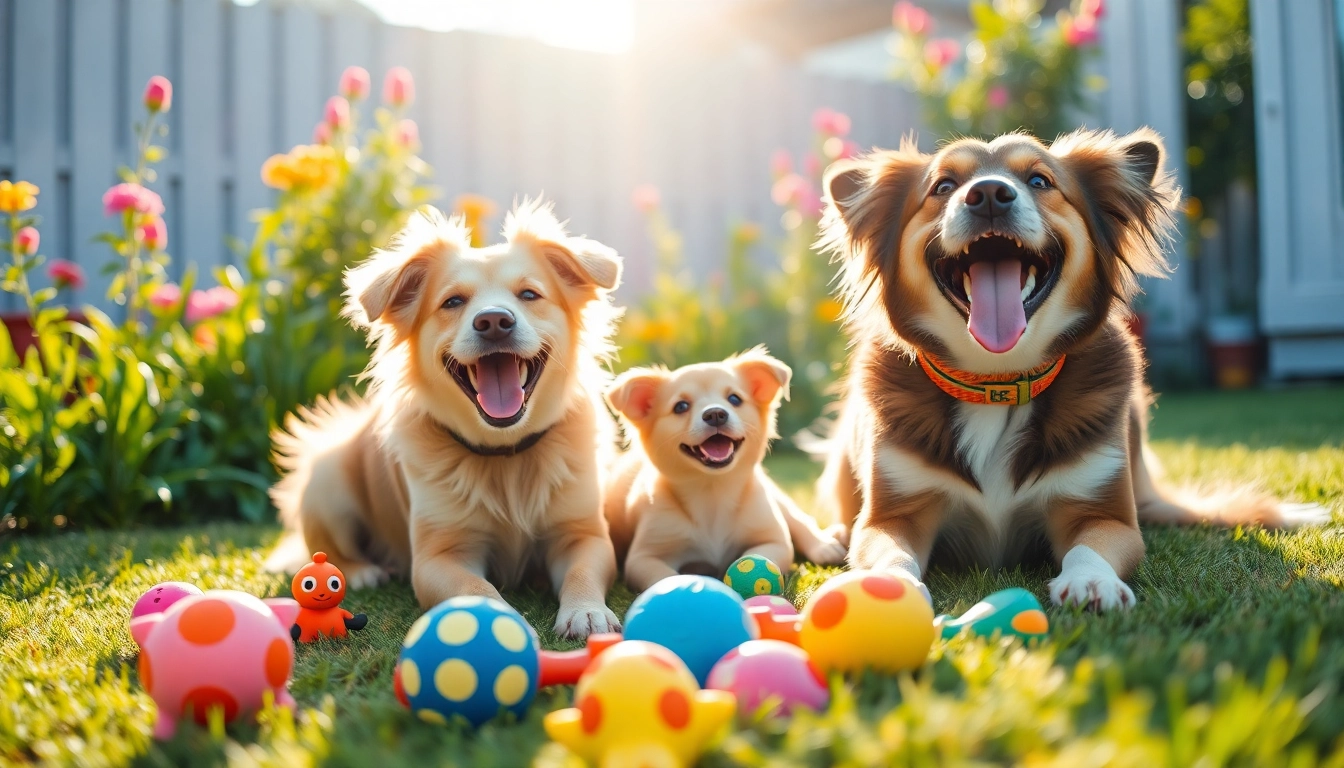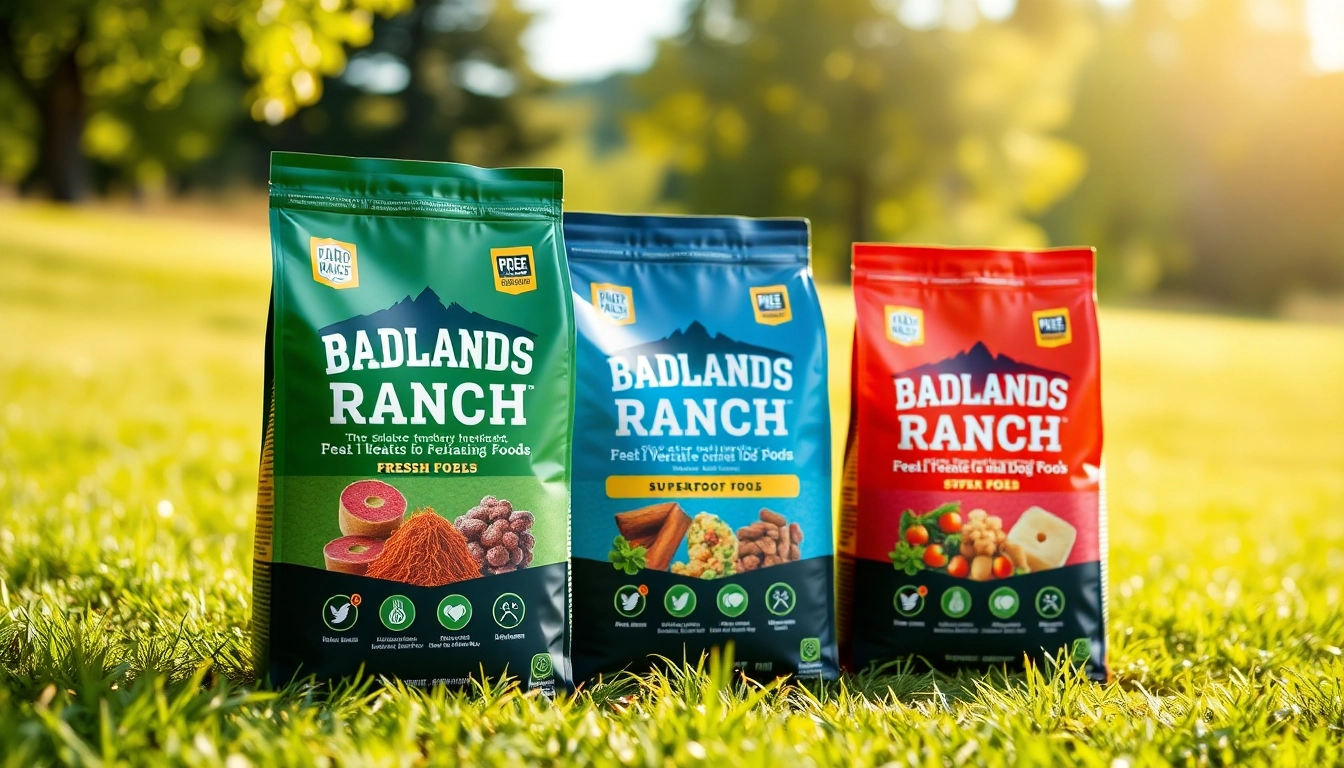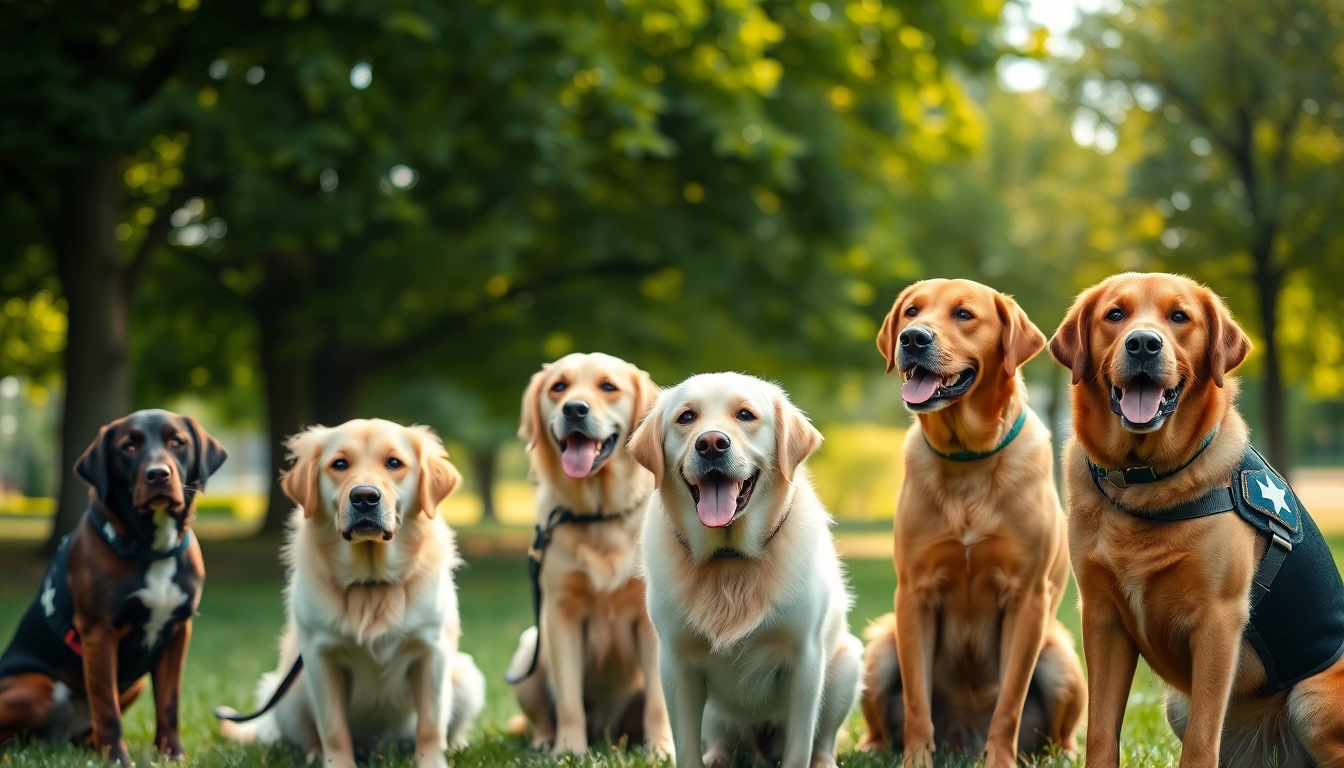Introduction to Pet Toys
Every pet owner understands the importance of keeping their furry friends engaged and happy. Among the various tools at our disposal, pet toys stand out as essential items in the pet care repertoire. They not only provide entertainment but also facilitate mental stimulation, exercise, and bonding between pet and owner. This article delves into various aspects of pet toys, from what they are, their importance, and types, to practical tips for choosing, maintaining, and even making your own pet toys.
What Are Pet Toys?
Pet toys are specially designed items made for the entertainment and stimulation of pets such as dogs, cats, rabbits, and others. They can be made from various materials, including rubber, fabric, or natural substances, and come in different shapes and sizes to cater to different types of pets. The primary functions of pet toys include play, dental health, training, and companionship. These toys can vary from chew toys, balls, ropes, and interactive puzzles, designed to provide varied play experiences for pets.
The Importance of Pet Toys
The benefits of pet toys extend beyond mere entertainment. Engaging with toys helps fulfill pets’ natural instincts, improving their physical and mental health. Here are several key importance points:
- Mental Stimulation: Toys encourage problem-solving and cognitive skills, critical for pets’ overall mental health.
- Physical Activity: Active play with toys helps prevent obesity and promotes physical fitness in pets.
- Bonding: Toys provide a way for pet owners to interact and bond with their pets, enhancing the human-animal relationship.
- Behavioral Training: Toys can be used as rewards in training sessions, reinforcing good behavior through positive association.
- Stress Relief: Engaging activities with toys reduce stress and anxiety in pets, particularly during periods of solitude or change.
Types of Pet Toys
Pet toys come in a myriad of categories tailored to suit different animal preferences, play styles, and behavioral needs. Here are some popular types:
- Chew Toys: Perfect for aggressive chewers, these are designed to withstand gnawing while helping to clean teeth and massage gums.
- Fetch Toys: Balls, flying discs, or sticks that facilitate the classic game of fetch, ideal for energetic dogs that love to run.
- Interactive Toys: Engaging toys that require pets to solve puzzles or engage physically to reveal rewards, great for mental stimulation.
- Plush Toys: Soft toys that can provide comfort and companionship, especially for smaller pets or those who love to cuddle.
- Rope Toys: These are typically used for tug-of-war games and are great for dental health, as they help clean teeth while chewing.
- Cat Toys: Includes feathers, laser pointers, and small balls that mimic the hunt, keeping cats active and entertained.
Choosing the Right Pet Toys
Selecting the perfect toy for your pet may seem simple, but it takes consideration to match toys to your pet’s specific needs and characteristics.
Factors to Consider When Selecting Toys
When you’re in the market for pet toys, consider the following factors to ensure you choose the right ones:
- Age: Toys suitable for puppies or kittens will differ from those for adult or senior pets. Younger pets often benefit from softer, lightweight toys, while older pets may need more durable options.
- Size: Choose toys that are appropriate for your pet’s size to prevent choking hazards. For large breeds, choose bigger items; for small breeds, ensure they can handle their toys safely.
- Behavior: Consider your pet’s playstyle. If your dog is aggressive, opt for tougher toys. If they enjoy gentle play, look for soft and cuddly options.
- Material Safety: Always assess the materials used in toys. Non-toxic, durable, and easy-to-clean materials are ideal for ensuring both the enjoyment and safety of your pet.
Safety Features in Pet Toys
Pet toy safety is paramount. Here are essential features to look for:
- No Small Parts: Ensure toys do not have small, detachable pieces that could be a choking hazard.
- Non-toxic Materials: Look for toys labeled as non-toxic or made from natural materials to ensure they are safe if ingested.
- Durability: For aggressive chewers, opt for toys made from strong materials that won’t easily break apart.
- Seam Resilience: Check how well the seams are stitched on plush toys as weak seams can lead to stuffing being pulled out and eaten.
Age and Size Considerations
It is vital to select toys that are appropriate for your pet’s age and size. Puppies should have teething toys specifically designed for their developing teeth, which can help soothe their gums. Adult dogs require more rugged types of toys for chewing and fetch games. Size matters as well; a toy designed for a Great Dane is unsuitable for a Chihuahua, and vice versa. It’s all about making playtime enjoyable and safe.
Top Recommended Pet Toys for Different Pets
Finding the best toys for your pets can enhance their playtime and address their specific needs effectively. Here is a categorized list of excellent toys.
Best Dog Toys for Every Type of Dog
When it comes to dog toys, various options cater to different breeds and sizes:
- For Highly Energetic Dogs: Durable fetch toys or frisbees like the Chuckit! Ultra Ball are perfect for outdoor play.
- For Chewers: Brands like KONG and Nylabone offer tough chew toys that withstand vigorous chewing.
- For Playful Puppies: Lightweight, soft toys designed especially for teething help soothe puppies while making playtime fun.
- For Senior Dogs: Soft plush toys that are easy to carry and provide comfort can be ideal.
Must-Have Toys for Cats
Felines have unique play preferences. Consider the following types of toys to keep your cat entertained:
- Chase Toys: Balls or mice that roll and move can trigger your cat’s hunting instincts.
- Interactive Toys: Laser pointers or feather wands are great for stimulating play and exercise.
- Scratching Toys: Cardboard scratchers or scratching posts provide entertainment while satisfying their natural scratching behavior.
Interactive Toys for Both Dogs and Cats
Interactive toys cater to both dogs and cats, encouraging learning through play:
- Puzzle Feeders: These toys require your pet to solve puzzles to access treats, which promotes mental engagement.
- Fetch Machines: Automatic ball launchers that keep your dog busy and active without requiring constant human attention.
- Teaser Toys: Toys that involve movement (like automatic laser toys) pique curiosity among both cats and dogs.
DIY Pet Toys: Fun and Creative Ideas
Creating your own pet toys can be a fun and rewarding project—and it’s often economical too. Here are some simple ideas to get you started.
Homemade Dog Toys
With common household items, you can craft great toys:
- T-shirt Tug Toy: Braiding strips from old t-shirts can form a durable tug toy that also cleans teeth while your dog chews.
- Plastic Bottle Toy: An empty plastic bottle can be inserted into a sock for a crinkly chew toy. Ensure it’s sealed properly to prevent choking.
- Sock Ball: Old socks can be balled up tightly and tied with additional fabric to form a great chewy toy.
Crafting Cat Toys from Household Items
Here are some simple yet engaging DIY cat toys:
- Rolling Ball: Use a ping pong ball or crumpled paper rolled into a ball for cats to bat around.
- Feather Wand: Attach feathers to a skewer or string to create a fun toy that encourages your cat’s natural hunting instincts.
- Box Maze: Create a maze out of old boxes for cats to explore and hide, enhancing their natural curiosity.
Safety Tips for DIY Pet Toys
While crafting pet toys at home, always prioritize safety by keeping these tips in mind:
- Material Check: Ensure that all materials are non-toxic and safe for your pets to chew or play with.
- No Small Parts: Avoid using items that could break apart and become choking hazards.
- Regular Inspection: Regularly check your DIY toys for wear and tear, and replace any that show signs of damage.
Maintaining and Caring for Pet Toys
To ensure the longevity and safety of pet toys, regular care and maintenance are crucial.
Cleaning Your Pet Toys
Cleaning is essential to keep your pets’ toys free from bacteria and dirt. Here are effective cleaning methods:
- Machine Washable Toys: Some toys can be tossed into the washing machine. Check the label for washing instructions.
- Hand Washing: For non-machine washable toys, use soapy water and a soft brush to clean surfaces, followed by thorough rinsing.
- Disinfecting: Use pet-safe disinfectants to sanitize the toys and eliminate germs.
Inspecting for Wear and Tear
Regularly inspect toys for any signs of damage such as:
- Rips or tears in plush toys that may lead to stuffing being ingested.
- Fraying strings or ropes that have weakened and may pose choking hazards.
- Faded paint or peeling surfaces on plastic toys, indicating potential toxicity.
When to Replace Pet Toys
Determine when to retire a toy by evaluating its condition.
Key indicators include:
- Visible damage, such as sharp edges or breakage.
- Unpleasant odors that can result from bacteria build-up.
- Changes in pet interest; if they show disinterest, it may be time for a new toy.



